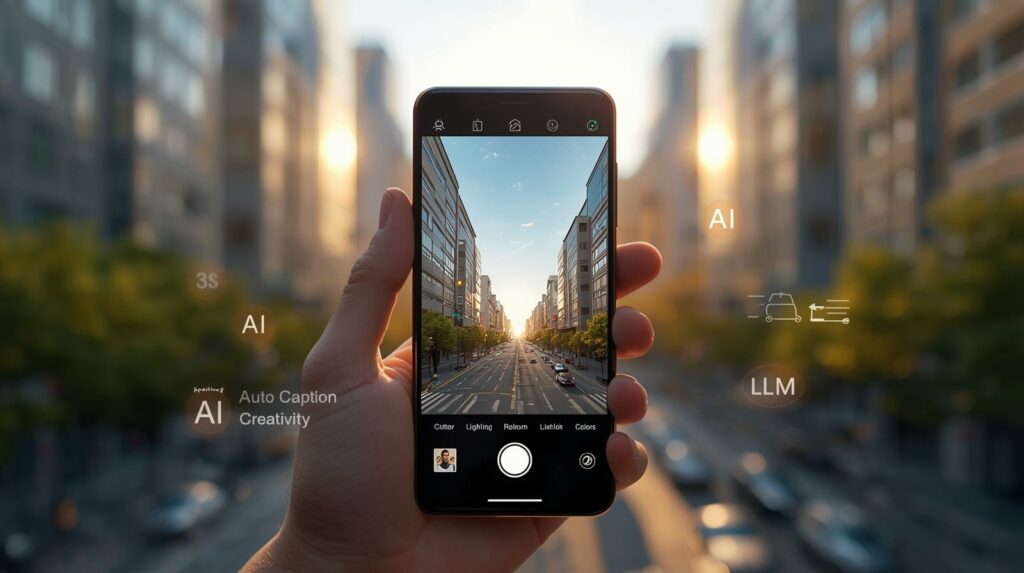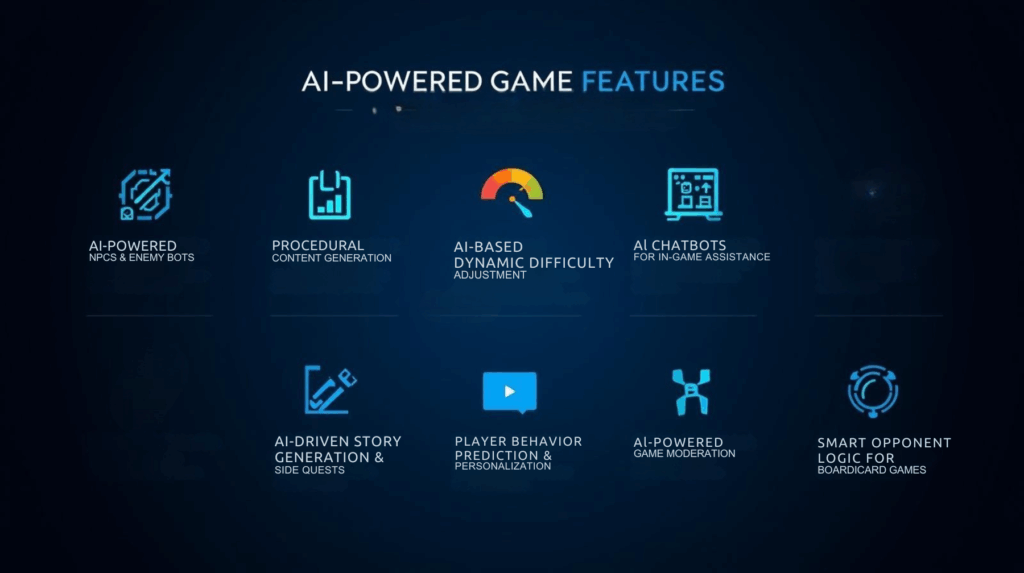Generative AI in Smartphones: The Brilliant Evolution Powering Photography, Gaming & Security

Artificial intelligence has become the heartbeat of modern smartphones. What was once a background tool now drives photography, gaming, and even security in ways that feel almost human.
In 2025, generative AI (gen AI) is reshaping the entire smartphone experience. From creating realistic images and optimizing game performance to securing your data through predictive models, AI in smartphones is no longer a luxury — it’s a standard feature. Devices like the Google Pixel 9, Samsung Galaxy AI, and Google Pixel 9 Pro prove how AI gen is blending creativity, performance, and protection into one seamless experience.
Generative AI in Photography: Smarter Creativity at Your Fingertips
Photography has undergone one of the biggest revolutions in the smartphone industry, and generative AI is leading the charge.
Instead of relying purely on lenses or sensors, today’s AI-driven cameras can understand scenes — adjusting lighting, color, and background automatically. Phones like the Pixel 6a and Google Pixel 9 Pro use AI photo erasers to remove unwanted objects instantly and apply auto captions using large language model (LLM) technology.
These AI tools work similarly to Midjourney artificial intelligence — generating content that didn’t exist before, enhancing creativity for casual users and professionals alike.
With the help of apps AI and performance management systems, generative AI ensures photos stay consistent in quality, whether you’re shooting in bright daylight or dim indoor lighting.

Gaming Powered by Generative AI and Performance Management
In gaming, generative AI is transforming how smartphones handle performance and content generation.
Built on powerful chipsets and AI performance management, devices running application performance monitoring software now predict player behavior and allocate system resources accordingly. This balance — similar to an a balanced scorecard — maintains smooth gameplay without overheating or frame drops.
But AI isn’t just optimizing — it’s creating. Generative AI examples in gaming show how stories, dialogues, or even in-game textures can be produced dynamically by large language models. Imagine an RPG that writes new quests for you in real time or an adaptive AI opponent that evolves with your style.
That’s the future of mobile gaming: personalization through intelligence, not just hardware power.

Security and Privacy Reinvented with AI Gen
The modern smartphone’s defense system is now driven by AI gen — combining biometrics, encryption, and predictive protection.
With Google Assistant voice and Voice for Siri, voice recognition isn’t only faster but smarter, capable of identifying tone and intent. Generative AI models can analyze behavior patterns to detect suspicious activity, helping to block phishing attempts or unauthorized access before they happen.
Phones with Samsung Galaxy AI also utilize AI real time translation — including the ability to translate phone call real time — directly on the device. That’s made possible through large language models (LLM models), ensuring sensitive data doesn’t leave your phone.
Security has evolved from being reactive to proactive, allowing you to stay protected even when offline.
Everyday Use: The Rise of Generative AI in Apps
Beyond cameras and gaming, generative AI is quietly enhancing daily smartphone use.
Tools like Google Gemini integrate LLM models to summarize articles, draft messages, or even generate visual ideas directly from your command. The best AI apps for Android now rely heavily on generative AI for personal assistance, creativity, and task automation.
Even features like Circle to Search and hidden screen recorder leverage on-device intelligence to provide faster, contextual results. Combined with Stability AI and other open-source engines, phones are turning into adaptive assistants that evolve as you use them.
Generative AI isn’t just smart — it’s learning you.
The Best AI Phones in 2025: Built on Generative Power
When comparing the best AI phones, look beyond just specs. Devices like the Google Pixel 9, Pixel 9 Pro, and Samsung AI Phone excel not because of raw performance, but because of their generative AI integration.
They use AI gen for everything — editing photos, managing apps, predicting actions, or translating live conversations. The collaboration between Stability AI, Google Gemini, and Snapdragon’s neural cores shows how large language models are now optimized for real-time, on-device computing.
These aren’t just phones anymore — they’re intelligent ecosystems, learning from each tap and voice input to deliver a truly personalized experience.
Google Pixel 9
Pixel 9 makes daily life effortless with Google Gemini integration. From photo editing to live translation, every tap feels intuitive. Perfect balance of AI power, performance, and affordability — now available at Swapper's website.
Google Pixel 9 Pro
With advanced AI-assisted photography, instant voice commands, and next-gen Tensor chip optimization, Pixel 9 Pro turns intelligence into performance. Get yours from Swapper's website, your trusted phone seller.
Final Thoughts
From photo editing and gaming to privacy and personal assistance, generative AI is redefining what it means to own a smartphone. It’s no longer about raw speed — it’s about intelligence, adaptability, and creativity.
As LLM models, Google Gemini, and Stability AI continue to evolve, the next generation of smartphones will act less like devices and more like digital partners — predicting your needs, protecting your data, and enhancing your daily life.
In short, the future of smartphones isn’t just powered by AI — it is generative AI.
